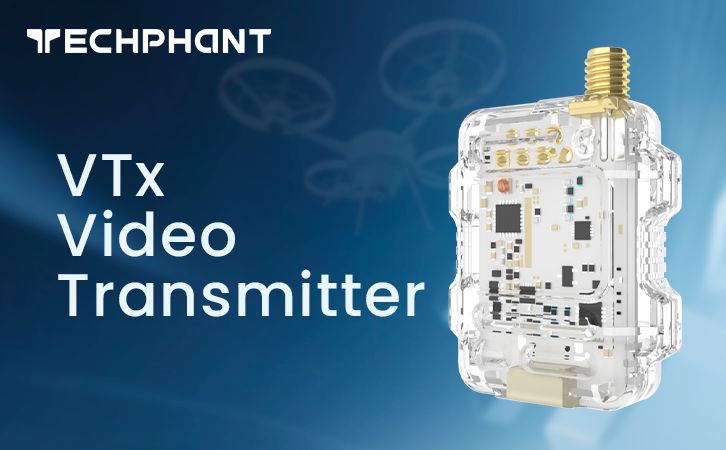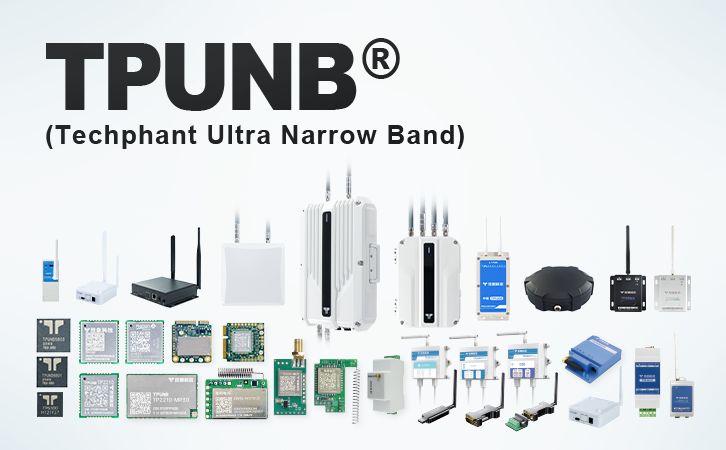a VTX Transmitter (Video Transmitter) is a critical electronic device used primarily in First-Person View (FPV) drones, RC vehicles, and other real-time video applications to wirelessly transmit live video feeds from an onboard camera to a ground-based receiver (e.g., FPV goggles or monitors). Below is a detailed breakdown of its definition, functions, components, types, technical specifications, and applications:
1. Definition and Core Function

A VTX Transmitter converts analog or digital video signals from a drone/vehicle-mounted camera into radio frequency (RF) signals, broadcasting them wirelessly for real-time pilot viewing. Its primary purpose is to enable low-latency, real-time situational awareness during flight or operation .
2. Key Components
A typical VTX includes:
Video Input: Connects to the camera’s output.
RF Module: Modulates video signals into RF format (e.g., 5.8 GHz).
Antenna: Broadcasts signals; antenna quality directly impacts range and signal clarity.
Control Interface: Buttons or digital protocols (e.g., SmartAudio, IRC Tramp) for adjusting settings .
3. Types of VTX Transmitters
| Type | Description | Applications |
|---|---|---|
| Analog VTX | Transmits analog video signals; dominant in traditional FPV systems. | Racing, freestyle drones, low-cost setups |
| Digital VTX | Sends digital video (e.g., DJI, Walksnail, HDZero); higher image quality/latency. | Cinematic drones, professional filming |
| Micro VTX | Compact, lightweight units for mini-drones. | Tiny Whoops, micro-class racing |
| Racing VTX | Optimized for low latency and rapid channel switching. | Competitive drone racing |
| High-Power VTX | Outputs ≥800mW for extended range. | Long-range exploration, industrial use |
4. Technical Specifications
Critical Parameters:
Frequency Bands:
5.8 GHz: Most common (40+ channels), balances range/penetration.
2.4 GHz/3.3 GHz/1.3 GHz: Longer range but prone to interference .
Output Power:
Ranges from 25mW (short-range) to 1600mW+ (long-range). Higher power increases range but risks overheating/interference .
Protocols:
SmartAudio (ImmersionRC), IRC Tramp, TBS Crossfire (CRSF): Allow remote control via flight controller .
Power Input: 5V–28V (supports direct LiPo or regulated BEC) .
Connectors: SMA, RP-SMA, MMCX, or U.FL for antennas .
Example Specs (TBS Unify Pro32):
| Feature | Specification |
|---|---|
| Frequency | 5.8 GHz |
| Output Power | 25–800mW (adjustable) |
| Protocols | SmartAudio 2.1. CRSF |
| Antenna Connector | MMCX |
| Pit Mode | Yes (ultra-low power for idle mode) |
5. Applications
FPV Drones: Real-time piloting, racing, aerial photography .
Industrial Inspection: Live video feeds for infrastructure monitoring.
Search and Rescue: Low-latency video in emergency operations.
Broadcasting: Live event coverage via drone feeds .
6. Critical Features & Safety
Pit Mode: Reduces power to ≤25mW to avoid interfering with other pilots .
Channel Management: Avoid signal overlap in group flying .
Thermal Protection: Heatsinks/fans prevent overheating at high power .
Antenna Safety: Never power VTX without antenna – risks permanent damage .
7. Leading Brands & Models
| Brand | Popular Models | Key Features |
|---|---|---|
| TBS | Unify Pro32. Fusion | Crossfire support, robust signal |
| Rush | Tank Ultimate, Tiny Tank | High power (800mW), SmartAudio |
| DJI | Air Unit (digital) | HD video, low latency |
| Walksnail | Avatar Mini VTX | 1S-compatible, digital HD |
| AKK | FX2-Ultimate, Alpha 8 | Budget-friendly, up to 8W output |
8. Setup Best Practices
- Antenna Selection: Use low-VSWR antennas (e.g., circular polarized) for optimal range .
- Frequency Coordination: Use apps like VTX Scanner to avoid channel conflicts .
- Cooling: Ensure airflow or heatsinks for high-power VTXs (>500mW) .
- Betaflight Integration: Configure VTX tables for OSD control .
Conclusion
A VTX Transmitter is the backbone of FPV systems, enabling real-time video transmission through precise RF modulation, power management, and protocol integration. Its performance hinges on frequency selection, output power, antenna quality, and thermal management. Whether for racing, cinematography, or industrial use, selecting the right VTX (analog/digital, power rating, size) is crucial for a seamless FPV experience.


